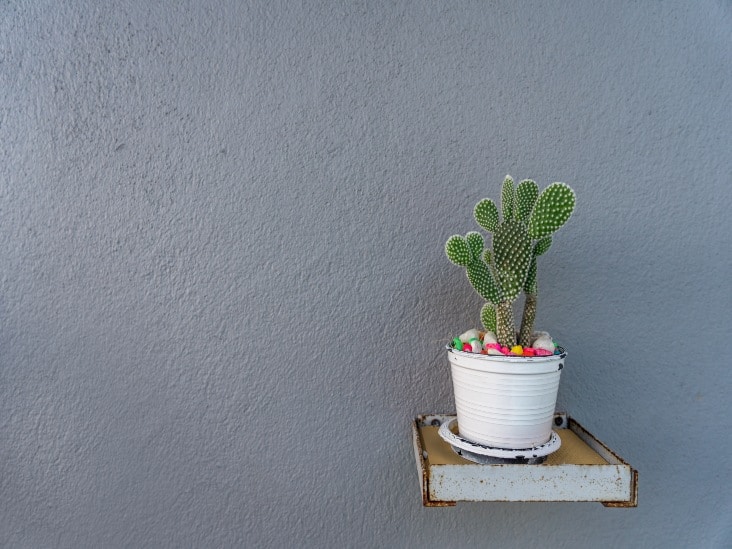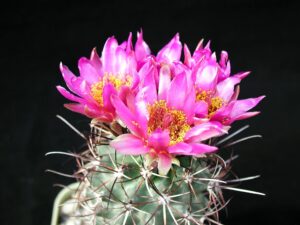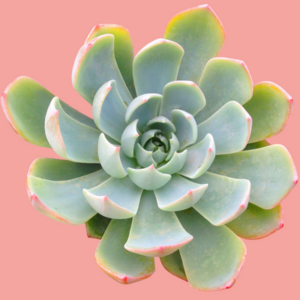When envisioning a cactus, one often conjures images of arid deserts, blazing sunlight, and an unyielding resilience. But can these rugged plants thrive in the shade? A playful query arises: Is it truly possible for a creature of the sun to flourish under a canopy of darkness? This article seeks to unearth some surprising facts about the capabilities and limitations of cacti in shaded environments.
To embark on this journey, we must first understand the nature of cacti themselves. These remarkable organisms have adapted to thrive in some of the most inhospitable climates on Earth. Typically, they have evolved to maximally harness sunlight, their survival intricately tied to intense solar exposure. However, the landscape of botanical adaptability is replete with exceptions, necessitating a closer examination of shaded growth.
What defines shade for these sun-loving plants? Shade can occur in various forms—filtered light through tree leaves or complete darkness under a structure. The degree of shade encountered can drastically influence a cactus’s potential to grow.
It is essential to grasp that most cacti are not universally suited to low-light environments. With that said, certain varieties exhibit an astonishing flexibility in their light requirements. Let’s explore the peculiar world of cacti that can indeed survive in shaded nooks.
Note that it is crucial to discern between ‘survival’ and ‘thrive.’ While some cacti can persist in less-than-ideal lighting conditions, their growth and overall vigor may be stunted. Thus, the answer is nuanced.
Shade-Adapted Cacti: The Unsung Heroes
While the majority of cacti prefer full sun exposure, a select few have adapted to thrive in the shade. For instance, the Opuntia species, commonly known as prickly pear, can tolerate partial shade conditions. This species demonstrates incredible nutritional diversity and can often be found in transitional zones where sunlight is plentiful at certain times of the day but less so at others.
Moreover, the Cereus genus, particularly species like Cereus peruvianus, exhibits some degree of shade tolerance. These cacti can be found growing under tree canopies in their native habitats, indicating their readiness to handle less sunlight without succumbing entirely.
Another remarkable contender is the Rhipsalis genus, often referred to as mistletoe cacti. These unique cacti are primarily epiphytic and can flourish in the filtered light of their host trees. Rhipsalis thrives in shadowy corners, proving that, while not typical, cacti have the capacity for adaptability.
The Science Behind Shade Tolerance
But how do these extraordinary species manage to survive and grow, albeit slowly, when placed in shaded conditions? The secret lies in their remarkable physiological adaptations. Cacti are endowed with structures called chloroplasts that facilitate photosynthesis. In low-light environments, the chloroplasts can adjust by increasing their efficiency in utilizing the available light.
Furthermore, shade-tolerant cacti often feature broader leaves or pads than their sun-loving counterparts. This increase in surface area allows for a larger collection of light, enhancing their ability to photosynthesize even in diminished luminosity. Interestingly, they may also possess higher concentrations of specific pigments that enable capture of various light wavelengths, thus maximizing their potential for energy absorption.
It’s important to note that stress in these low-light conditions can induce changes in the cactus’s morphology and reproductive success. While resilience is admirable, it doesn’t eliminate the challenges posed by inadequate light. Flowering and fruiting may become erratic, often leading to diminished propagation opportunities. Consequently, understanding these dynamics is paramount when considering placement in non-traditional environments.
Caring for Cacti in the Shade: Practical Considerations
For those adventurous enough to experiment with cacti in dimly lit spaces, certain practices can optimize success. Firstly, discerning the specific light conditions of the intended environment is crucial. If a cactus must reside in a shaded area, placement where it can receive dappled sunlight at intervals is ideal.
Moreover, careful attention to watering and soil quality becomes essential. Under reduced light, transpiration rates decrease, which can lead to overwatering if caution is not observed. Employing a well-draining mix ensures that cacti do not succumb to root rot—a common peril for plants deprived of sunlight.
Additionally, consider regularly rotating the plants to expose them to varying light angles. This technique not only provides balanced light distribution but also mitigates the stagnation that can accompany prolonged shade. Finally, integrating supplemental lighting, such as LED grow lights, can effectively simulate the sun’s nurturing rays, fostering healthier growth in shaded conditions.
In conclusion, while the archetypical cactus thrives within the sunny realms of deserts, there exists a fascinating array of species equipped with the tools to adapt to shade. By understanding their unique requirements and challenges, gardeners can successfully cultivate these hardy plants in diverse environments. Embracing their resilience opens a world of botanical possibilities that defy conventional boundaries.





Leave a Comment